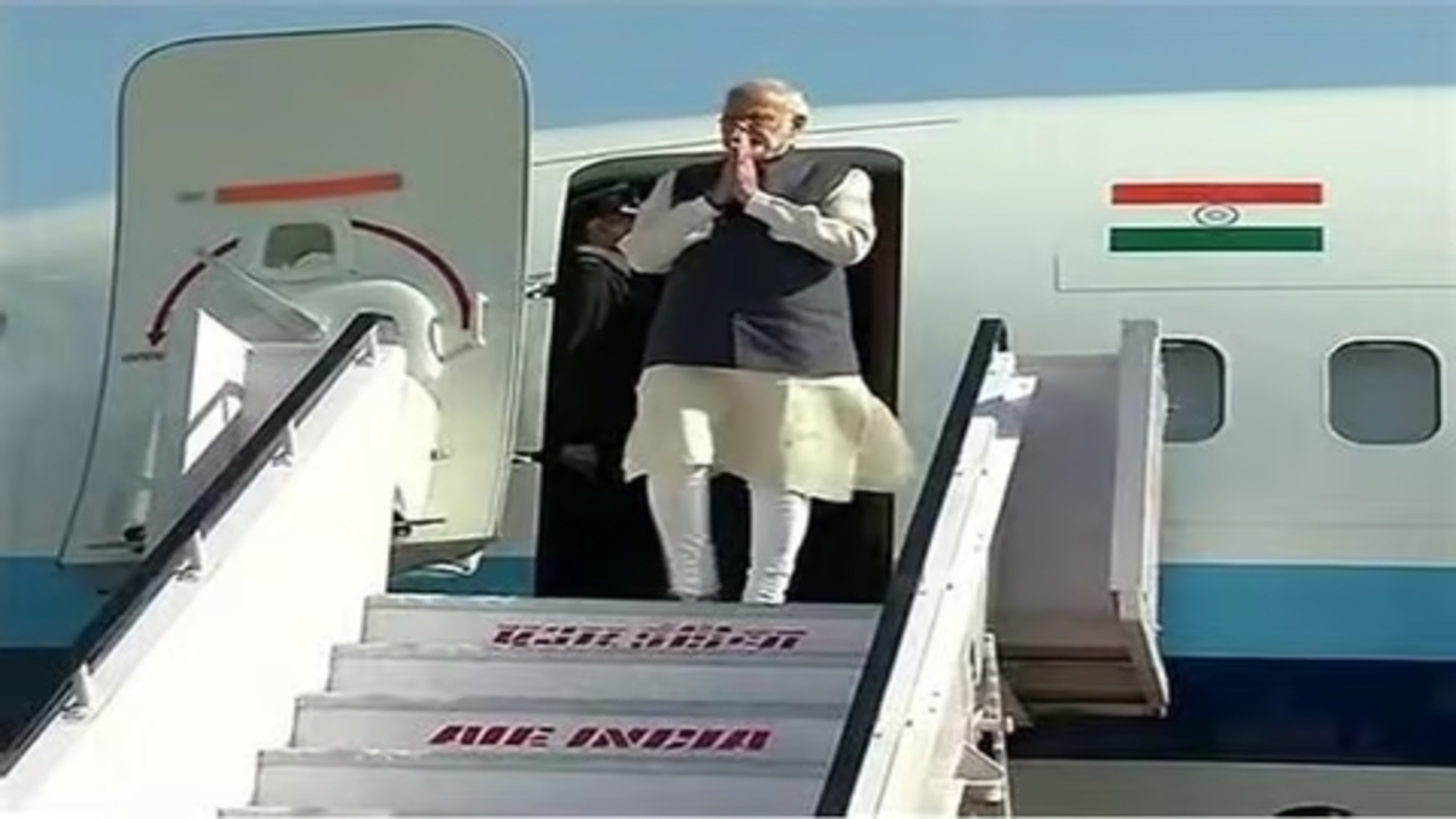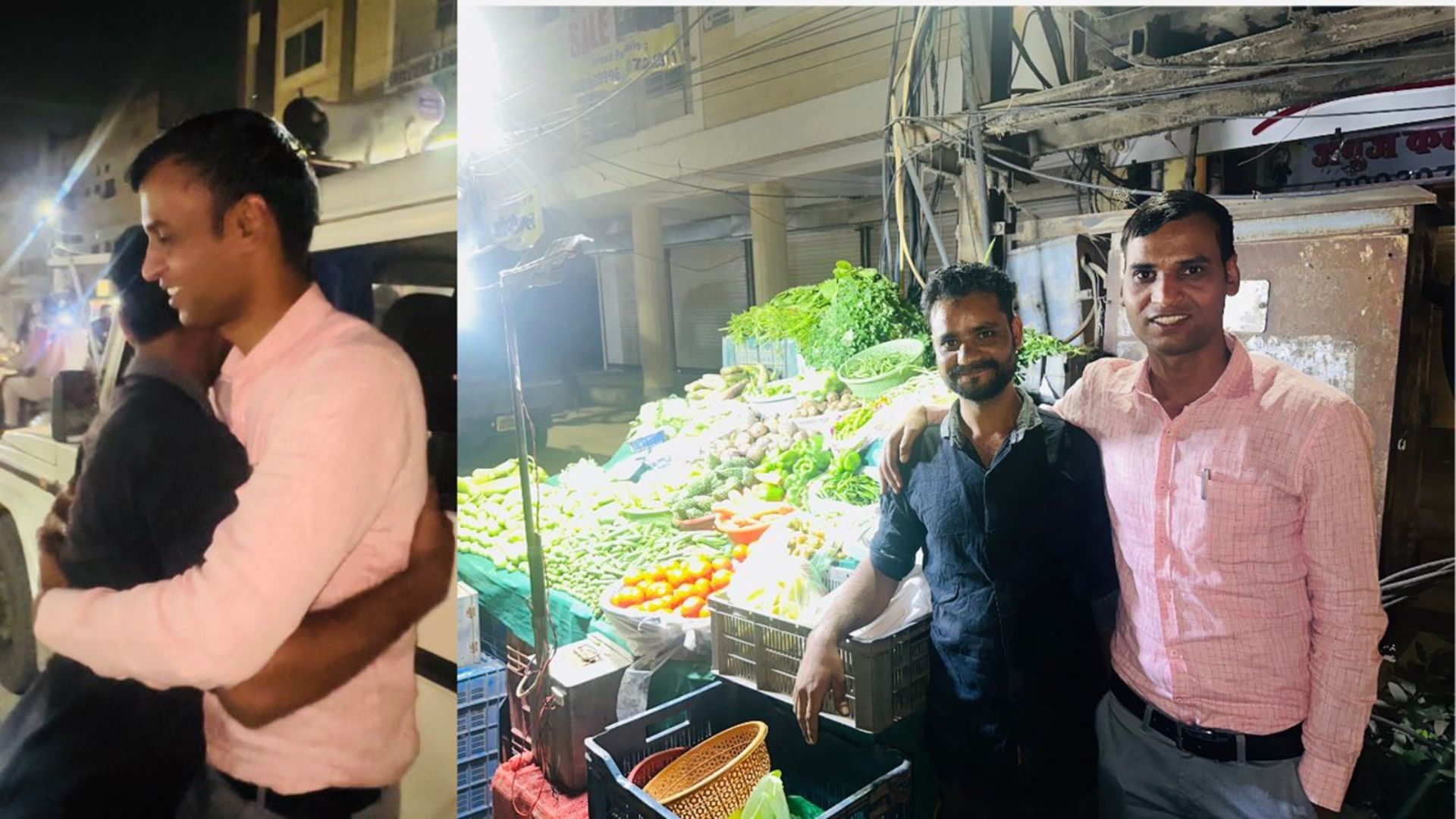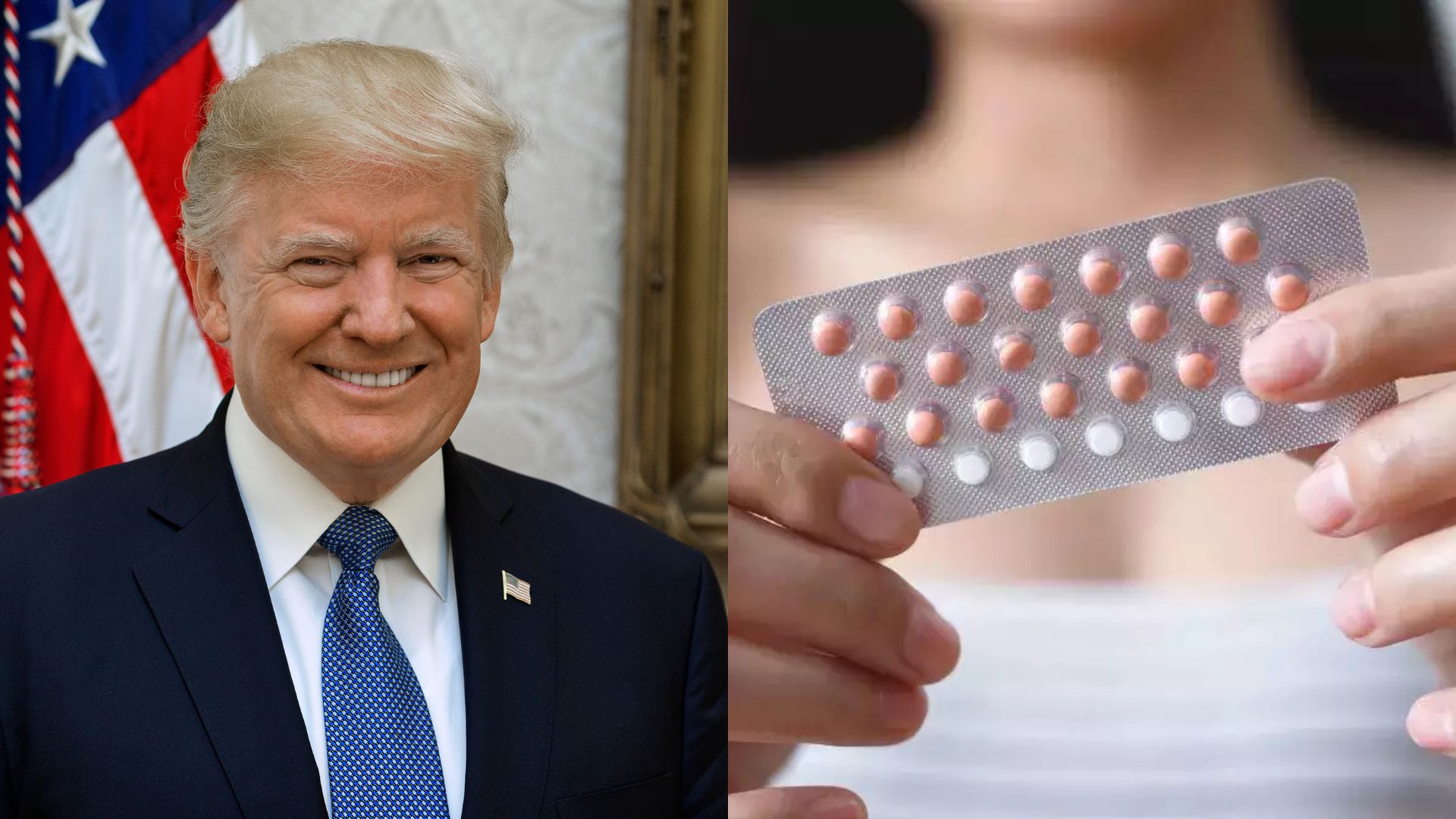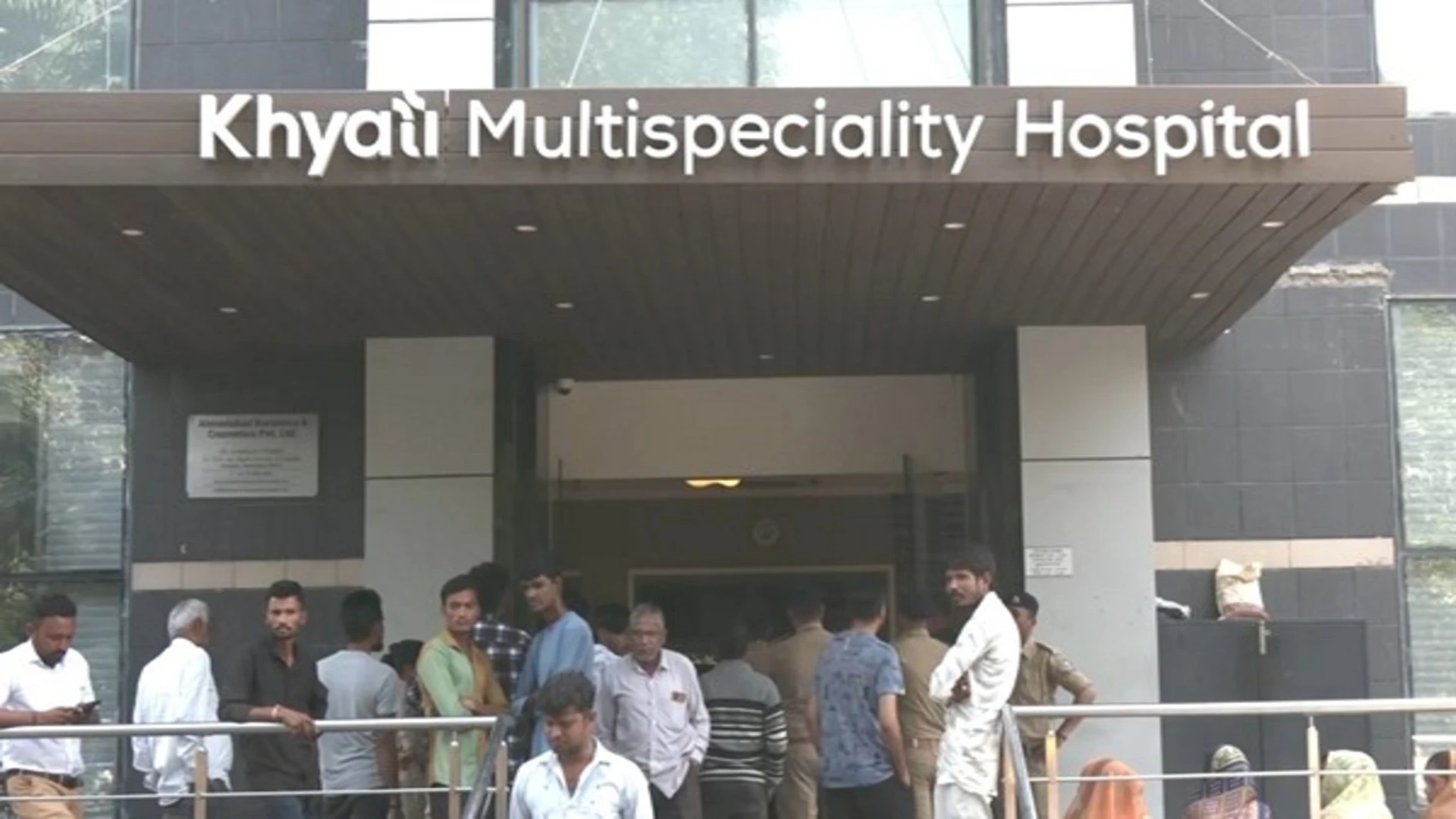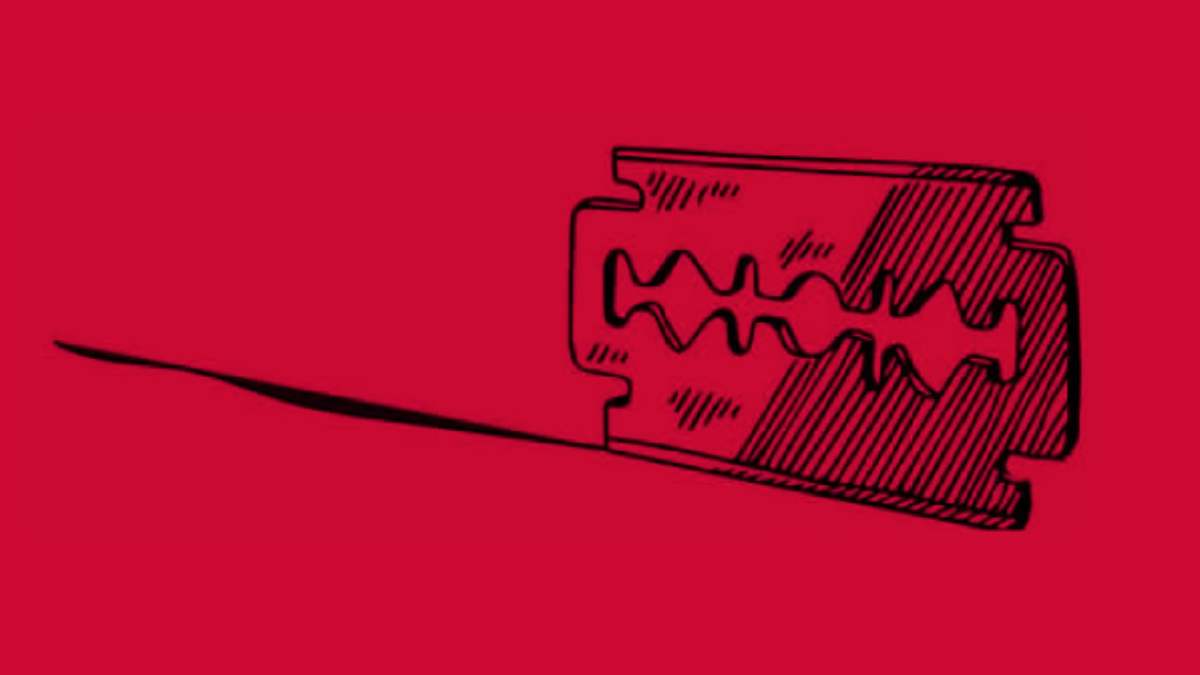
Female Genital Mutilation/Cutting (FGM/C) comprises procedures that involve partial or total removal of external female genitalia or other injuries to the female genital organs for non-medical reasons. It is mainly carried out in girls between 1-15 years of age and sometimes on adult and married women. As per the United Nations, around 4.1 billion girls around the world are undergoing female genital mutilation in 2020.
According to the World Health Organization (WHO) family of girls and women who undergoes FGM/C believes that FGM is necessary to raise a girl and prepare her for marriage and adulthood, to ensure premarital virginity, and marital fidelity to increase marriageability. Moreover, FGM is also associated with the cultural ideals of feminist, purity, and modesty.
Despite the global and national efforts to ban the practice of FGM, it remains widespread in different parts of the world. Millions of girls and women have undergone FGM from different parts of the world. The practice is very common in 30 countries including Africa, some countries in Asia, Latin America, and the migrants from these areas.
As per the joint statement by the WHO/UNICEF/UNEPA on FGM, it has classified into four types-
a. Type I is the removal of the prepuce or the clitoral hood with or without the removal of part or the entire clitoris.
b. Type II is the removal of the clitoris with the partial or total excision of the labia minora.
c. Type III is the removal of part or entire labia minora or labia majora and stitching and narrowing of the vaginal orifice which is also known as infibulations.
d. Type IV contains all the other types of harmful non-medical procedures to the female genitalia which include pricking and piercing of the clitoris, cauterization, stretching of the clitoris/labia, scraping, and introduction of substances into the vagina.
The medical costs for the treatment of this practice alone accounted for 1.4 billion USD across 27 countries in 2018 – an amount that is slated to rise to 2.3 billion USD by the year 2047. Unless countries actively work on abolishing FGM, the health-related costs are projected to increase by 50 percent due to the increase in the number of FGM cases – such a major increase might render victims of this practice unable to receive proper health care as well, which further increase the number of FGM related deaths.
Why is FGM practiced?
The practice of FGM veil in religion and it varies from region to region, and across cultures and communities. This practice is a manifestation of gender inequality and discrimination against girls and women which is rooted down in traditional social, economic and political structures.
The main reason for FGM is to control women’s sexuality and their experience of sexual pleasure has been entrenched in patriarchal ideas about purity and modesty of women. It clearly shows harmful gender norms and some communities also believe that FGM is required for girls’ proper upbringing, marriage and to maintain the family’s honor.
As per UNFPA, there are mainly 5 reasons why FGM is practiced.
1. Psycho-sexual reasons- When FGM is carried out as a way to control women’s sexuality which is believed to be insatiable if parts are not removed especially the clitoris.
2. Sociological or cultural reasons- When FGM is seen as part of girls initiation into womanhood and plays an important part in a community’s cultural heritage
3. Hygiene and Aesthetic reasons-Some communities consider external female genitalia as ugly and dirty.
4. Religious reasons- As per the UNFPA maintain that FGM is not endorsed by Christianity or Islam as it connects them with their ancestors.
5. Socio-economic factors- Some communities consider FGM as a prerequisite for marriage especially those communities where women are dependent on men economically.
According to the WHO FGM includes an attempt to ensure women’s premarital virginity since FGM is believed to reduce libido and hence believed it helps her to resist extramarital sexual acts.
FGM IN INDIA
In a country where women and young girls are depicted in the form of the goddess we continuously harm them in the name of culture. Many young girls and women in India and around the world have experienced the horrific ritual of FGM/C every day. The cruel practice can be found in different parts of India and in different communities where girls are regularly scarred in the name of religion.
FGM in India is also known as Khatna or Khafz in the Muslim Bohra community which is divided into parts: Shias and Sunnis. The Bohra belongs to the Shia community and they are found in different parts of India such as Gujrat, Rajasthan, Maharashtra, and Madhya Pradesh. In the community, the clitoris part of a woman’s vagina is known as haram ki boti which means a source of sin or simply unwanted skin. The main reason for cutting off this part because of the stereotypical patriarchal mentality that if a woman knows pleasure then she might ‘astray’ in the marriage or bring ‘shame’ to the community.
It is believed only the Muslim community in India practices khatna or clitoral unhooding on girls at the tender age of seven. The holy book of the Muslim community that is Quran does not sanction female circumcision/ Khatna/ Khafz/Daimul Islam, endorses the practice on girls after they reach the age of seven for hygienic reason. Some Bohras also believe it beautifies a woman’s complexion and controls her sexual urges and makes her more devout to her husband.
According to a study , FGM in India is an old traditional practice adhering to the religious edicts and controlling women’s sexuality and abiding by the rules of the community.
In 2018, a study by WeSpeakOut published that 75% of daughters in India aged between seven and above in the Bohra community have experienced FGM/C. Over 33% of women have reported that FGM/C had negatively affected their sexual life. Many even experienced painful urination, physical discomfort, difficulty walking, and bleeding immediately after undergoing FGM/C.
In 2018, India banned the practice of FGM as per the judgment passed in the Sunita Tiwari v Union of India but the Dawoodi Bohra continued the practice on the grounds of violation of Article 25(1) and Article 26 of the Indian Constitution which grants religious freedom.
LEGAL CHALLENGE TO FGM/C IN INDIA
The legal challenge to FGM/C is still pending before the Hon’ble Supreme Court of India. A group of women from the Bohra community filed a Public Interest Litigation to stop the practice of FGM/C in India. The primary ground of this challenge is that FGM violates a women’s right to life, dignity, privacy under Article 21 of the Indian Constitution and women face gender inequality in the name of religion which violates Article 14 of the Indian Constitution.
The case of Sunita Tiwari v Union of India emphasis two tests which are between fundamental rights which govern this country that is Article 21which talks about the right to life and liberty and Article 25 which talks about the right to practice any religion. The main question that lies in front of the court is that whether FGM/C violates the threshold which is declared as a religious practice by the Dawood Bohra community without violating the conditions of public order, health, or morality under Article 26 of the Indian Constitution.
The Ministry of Women and Child Development fully supports the ban of FGM/C but in 2017 during a survey, the Ministry was not able to find any existence of FGM/C in India. The case is now before the constitutional bench to decide the issues regarding religious rights and freedom.
The decision is still pending before the court and hopefully, we believe the Hon’ble Supreme Court of India will take an appropriate decision and soon there will ban on the practice of FGM/C in India, and those who practice FGM/C will be prosecuted under criminal offense.
LAWS AGAINST FGM IN INDIA
In India, there are various forms of violence against women that deal with the Indian Penal Code, 1860(IPC Act). As per Section 319 to 326 of the Indian Penal Code, 1860 talks about various degrees of hurt and grievous hurt and as per the guidelines of WHO, the immediate compilation of FGM/C includes excessive bleeding, genital tissue swelling, injury to surrounding genital tissue, shock and sometimes death whereas the long term consequences include urinary problems, menstrual problems, etc which causes hurt and grievous hurt under the Indian Penal Code,1860 as Section 324-326 talks about penalties of imprisonment and fines for voluntarily causing hurt or grievous hurt.
Section 3 of the Protection of Children from Sexual Offense Act, 2012(POSCO Act) focuses on penetrative sexual assault by any person on any child, inter alia defines insertion of any object into the vagina of the girl. It is established that the penetration in sexual offense need not be completed penetration. Moreover, Explanation 1 of Section 375 of the Indian Penal Code, 1860 states that the term vagina includes labia majora. FGM/C requires the insertion of a sharp object into the vagina of a child if Section 3 of the POSCO Act and read with Explanation 1 of Section 375 IPC is taken into consideration.
Section 2(y)(i) of the Goa Children’s Act,2003 talks about sexual assault which means any type of intercourse i.e. vaginal or oral or anal, using of any object with children, and causing injury deliberately to the sexual organs of children. So, FGM can fall any of the parts of this provision as it deliberately causing injury to a child.
The National Policy for Children, 2013 (NPC) aims to promote affirmative measures to safeguard the right of all children to live and grow with equality, dignity, security, and freedom. It ensures that all children have equal opportunity and that no custom, tradition, cultural practice, or a religious practice can violate or restrict children from enjoying their rights. FGM/C not only violate the children right as per the NPC Act it also carried in the name of tradition and the cause behind is simply to control women and not let her know about her pleasurable side of her body. NPC also recognizes and prioritizes the right to health, survival, development, and protect the inalienable rights of the children but it also commits to creating a caring, protective and safe environment for all the children to reduce their vulnerability from all types of violence, abuse, exploitation, and discrimination.
Moreover, NPC also grants special protection measures to secure the rights of the children in need of special protection and their specific social, economical, and geopolitical situation including the needs for rehabilitation and reintegration. This policy also gives effective measures to the state by building a preventive and responsive child protection system.
In 2009 Integrated Child Protection Scheme (ICPS) was launched by the Ministry of Women and Child Department which aims to create and establish an efficient protective system for a vulnerable child. It grants to promote the privacy and confidentiality of the child and his/her institutionalization measures of last resort.
The practice of FGM/C qualify as a form of hurt or grievous hurt under IPC read with Section 3 of the POSCO Act which includes cutting off part labia minora and it may also be addressed under sexual assault, child sexual abuse, and domestic violence to make this practice a more holistic approach.
After the Sunita Tiwari v Union of India got into the light the Government of India made a clear statement that there has been no news of practice of FGM/C in India.
Recently, a study titled “The Clitoral Hood A Contested Site” shows 75% of all daughters were subjected to FGM/C and pointed out 97% of women who remember their experience of FGM/C from childhood recalls it to be painful. Even though sex is a tabooed topic in India 33% of women believe FGM/C has negatively impacted their sexual life.
India being a signatory to the Convention for Elimination of all Forms of Discrimination against Women (CEDAW) states that FGM/C is a form of violence against women and discrimination based on gender. CEDAW states that it is the responsibility of the state parties to take appropriate measures to modify the social and cultural practices to eliminate practices that are based on the idea of the inferiority or the superiority of gender.
INTERNATIONAL RESPONSE
In the past years, there have been growing efforts to curb the practice of FGM/C. The practice of FGM/C is a violation of the human rights of women and children. It infringes the right to life and personal integrity, right to health and freedom from torture, cruel and unusual treatment, and violence.
FGM/C is only practiced on girls below the age of 18years, it violates the United Nations Convention on the Rights of the Child, 1989(UNCRC), and also violated the guarantee of being non-discriminated based on the gender.
Many international human rights instruments guarantee the right to be free from gender discrimination. As per Article 1 of the Convention on the Elimination of all Forms of Discrimination against women, 1979(CEDAW) defines discrimination as based on sex which impairs and nullifies the recognition, enjoyment exercise by the irrespective of their gender. The right to equality is a fundamental freedom in political, economic, socio-cultural, civil, or any other type of freedom.
Male circumcision has various beneficial health consequences , FGM/C adversely affects the health of females and this practice primary aim is to control women’s sexuality and subordinate their role in society. Whenever a woman undergoes FGM/C, she is a victim of discrimination based on gender and it violates her fundamental rights and liberties. The gender-based discrimination is not supported by various international instruments such as Universal Declaration for Human Rights, 1948 (UDHR), International Convention on Civil and Political Rights (ICCPR), and International Convention on Economic, Social, and Cultural Rights (ICESCR).
The right to life is a basic human right and protected by various international statutes such as Article 3 of UDHR, Article 6(1) of ICCPR, and Article 6 of UNCRC. Sometimes, women/girl who undergoes FGM/C leads to death or may also contribute to maternal and neonatal deaths.
FGM/C violates a person’s right to integrity which is often associated with the right to freedom from torture and comprises various human rights principles which include the inherent dignity of a person, the right to liberty and security of a person, and the right to privacy.
The right to the highest attainable standard of physical and mental health id defined under Article 25 of the UDHR. Moreover, Article 12 of ICESCE talks about all state parties to covenant to recognize the right of everyone to enjoy the highest attainable standard of physical and mental health.
The immediate health consequences of FGM/C include extreme pain and bleeding, and the long term consequences include chronic pain, infections, decreased sexual enjoyment, and psychological consequences such as post-traumatic stress order. Furthermore, a study from WHO also confirmed that women undergo genital mutilation/cutting faces increased risk during childbirth, and death rates among babies during or immediately after birth are higher to those born to mothers who have undergone FGM/C.
FGM/C is mostly performed on young girls between the age of 1-15 years. It violates the right of the child as per Article 3 of UNCRC which talks about the best interest of the child and Article 24 of UNCRC states that all state parties should take effective measures to abolish traditional practice which harms the health of the child.
CONCLUSION & SUGGESTIONS
Based on gender, women face a lot of problems and miss a lot of opportunities or resources. Throughout the globe, women are treated unequally and are less valued as compared to men because of their gender and discriminated against in all spheres of an institutional sphere such as the right to use of power and control possession in the family circle, community market, etc. Despite all these, we women come strong but practice like Female Genital Mutilation/ Cutting which is done for the sole purpose of not allowing women to have sexual pleasure as they believe it will deviate her from the marriage and her commit adultery. FGM not only affects the victim but also her partner and society at large. India is the third world that has given secondary status.
The government should ban FGM with immediate effect and should prosecute anyone who commits FGM. The government should also spread awareness and educate people on how this practice is not a religious rite rather it is sometimes which violates the right to life and liberty and do such barbaric practice in the name of religion. The main reason FGM is still practiced is due to gender inequality and it could only be stopped by creating equality between all the genders irrespective of what they do.
The practice of FGM is very well prevalent in India and is practiced under the veil of culture and religion. The Government of India could certainly ban this practice with the help of certain provisions but that will not be sufficient it shall also make strict laws against this practice along with proper implication. Hence, it requires a joint effort from the citizens, legislature, executive as well as the judiciary.
A famous quote by Colin Powell
“A dream does not become reality through magic; it takes sweat, determination, and hard work”
On 30th July 2020, the Massachusetts Senate passed the FGM/C Bill which aims at the penalties for the crime of Female Genital Mutilation/Cutting, and on the same day, New Zealand welcomes the passage of the Crimes (Definition of Female Genital Mutilation) Amendment Bill which protects women and girls from the practice of FGM/C.
